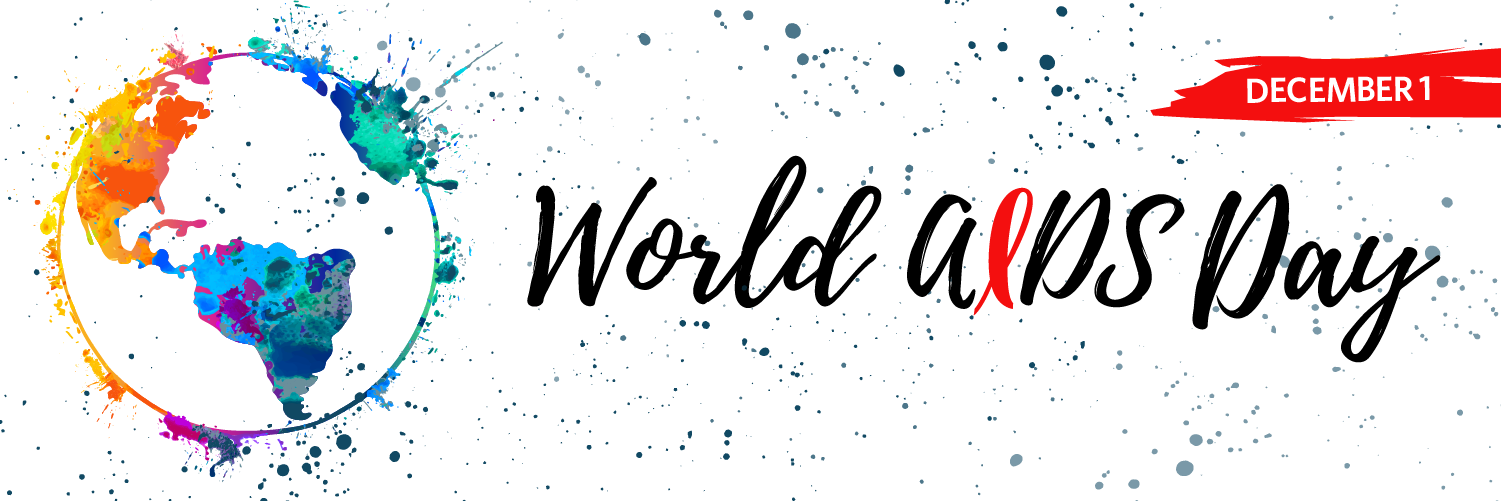In recognition of World Aids Day, let’s pause to remember how HIV affects mothers and children. According to the Centers for Disease Prevention and Control (CDC), in the U.S.:
> Approximately 8,500 women living with HIV give birth annually (based on an estimate from 2006, the most recent available).
> Social and economic factors, especially poverty, affect access to all health care and disproportionately affect people living with HIV.
> Of the 1,995 children1, living with diagnosed perinatal HIV at the end of 2014, 1,288 (65%) were black/African American, 294 (15%) were Hispanic/Latino2, and 226 (11%) were white.
Fortunately advances in HIV research, prevention, and treatment have made it possible for many women living with HIV to give birth without transmitting the virus to their babies. In fact, since the 1990’s HIV infections through perinatal transmission have been reduced by more than 90%. Today, if a woman and her newborn receive recommended treatment throughout pregnancy and after birth, the risk of transmission can be 1% or less.
However, the CDC cites several challenges still remain including lack of information, the timing of treatment, and access to treatment. Visit the CDC website to learn more about HIV Among Pregnant Women, Infants, and Children.
For a global perspective, you can read UNAIDS Children and HIV Fact Sheet
1 13 years of age or younger
2 Hispanics/Latinos can be of any race
